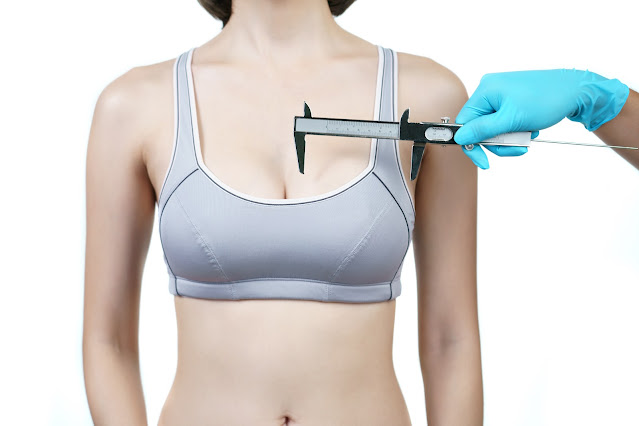How Can You Optimize Results from a Fat Transfer?
Although implants are one of the most popular options for enhancing the breasts, another choice patients have available is fat transfer breast augmentation. Chicago’s Dr. Lawrence Iteld, a board-certified plastic surgeon experienced in a range of advanced breast surgery techniques, explains that fat transfer—also known as fat grafting—involves taking fat cells from an area of the body where they are plentiful, then introducing them to the breasts to provide a modest boost in volume.
“This procedure offers several major benefits, especially for patients who don’t want a dramatic increase in their breast size” Iteld says. “It provides especially natural-looking results, there are minimal incisions—which means minimal scarring—and the body readily welcomes the enhancement, since it’s the patient’s own fat.”
Some patients choose fat transfer alone, while others use it to complement breast augmentation with implants. Adding fat to implant-augmented breasts can “soften” the appearance of implant edges, refine the results for improved symmetry and balance, better camouflage rare side effects like implant rippling, and more.
Will All the Fat Cells Survive?
When fat is transferred to the breasts—or anywhere in the body—it needs to “reconnect” to the body to get the oxygen and nutrients it needs for survival. Not all of the fat cells will survive the journey, so plastic surgeons need to take this into account when performing fat transfer.
“An experienced plastic surgeon will transfer more fat cells than necessary in order to compensate for some initial loss of volume,” Dr. Iteld says. “As a result, fat transfer patients may think their breasts look ‘overfilled’ at first. Fat cells that don’t survive following their transfer typically break down in the first four to six weeks after the surgery. After that, it can take up to six months for the ultimate results to show as the fat cells settle into their new home. Patients tend to be quite satisfied with their final look.”
In order to give transferred fat cells the best conditions for survival and maintain beautiful long-term results, there are some strategies patients can employ.
Avoid Restricting Blood Flow
After a fat transfer breast augmentation, patients should refrain from placing too much pressure on the breasts. Anything that interferes with blood flow to the area—including the press of a mattress at night—can impede fat cells establishing a new survival network in the breasts. Choose a sleep position the keeps your breasts free, such as lying on your back with your head elevated. Don’t wear overly tight clothing for an extended period of time, and be sure to follow your plastic surgeon’s instructions when it comes to using supportive undergarments throughout the healing process.
Maintain a Stable Weight
Ideal candidates for breast augmentation are those who are at a healthy, stable weight. The fat that moves to the breasts is living tissue, so losing or gaining weight will impact those cells like any others.
“Any major weight fluctuations during and after recovery can have a major impact on surgical fat transfer results by altering the contours of the breasts,” Dr. Iteld says. “Fat cells can grow larger if more calories are coming in than being burned, and transferred cells are no exception. Keep in mind that the opposite is also true: Fat cells can shrink due to lifestyle changes like diet and exercise. It’s best to choose fat transfer breast augmentation not only if you are at or near your ideal weight for your height, but also if you have kept that weight for six months or longer.”
Choose the Right Plastic Surgeon
As with any procedure, working with a qualified, board certified, experienced, and reputable plastic surgeon is of primary importance—especially for anyone who values their long-term health and cosmetic results. Before choosing a provider, be sure to ask questions, look at before-and-after photos of patients the surgeon has worked with, and ensure that your cosmetic goals align.
For more advice about fat transfer breast augmentation, contact Chicago-based board-certified plastic surgeon Dr. Lawrence Iteld at Iteld Plastic Surgery. Call 312.757.4505 or submit a contact form to request a consultation.


Comments
Post a Comment